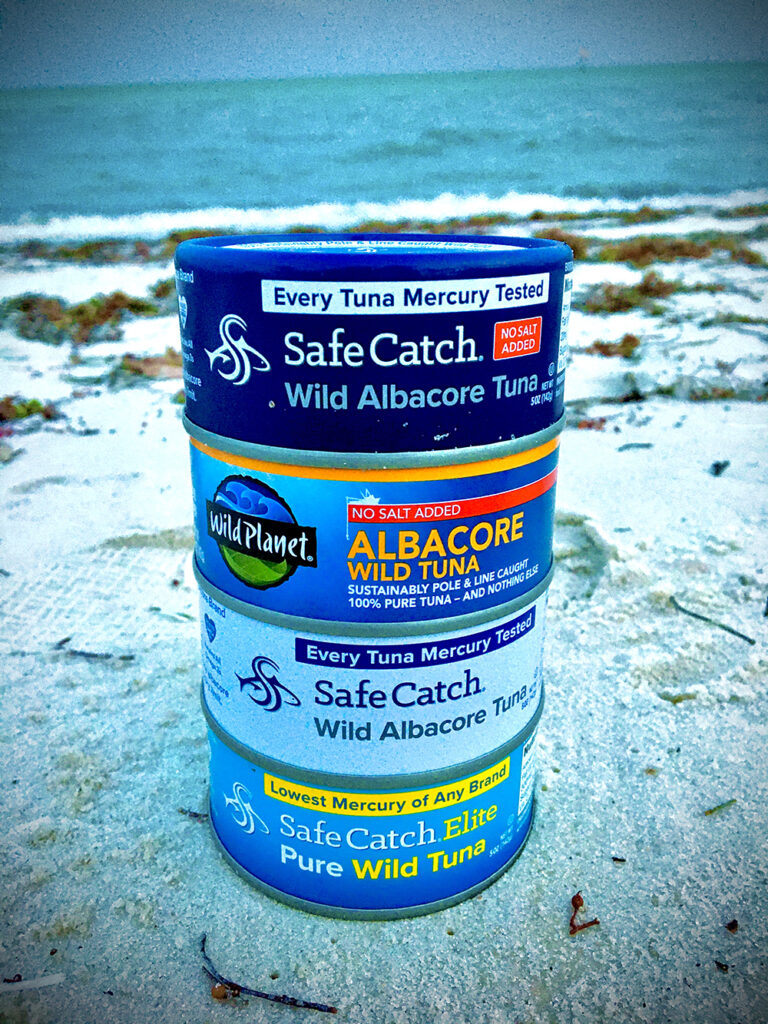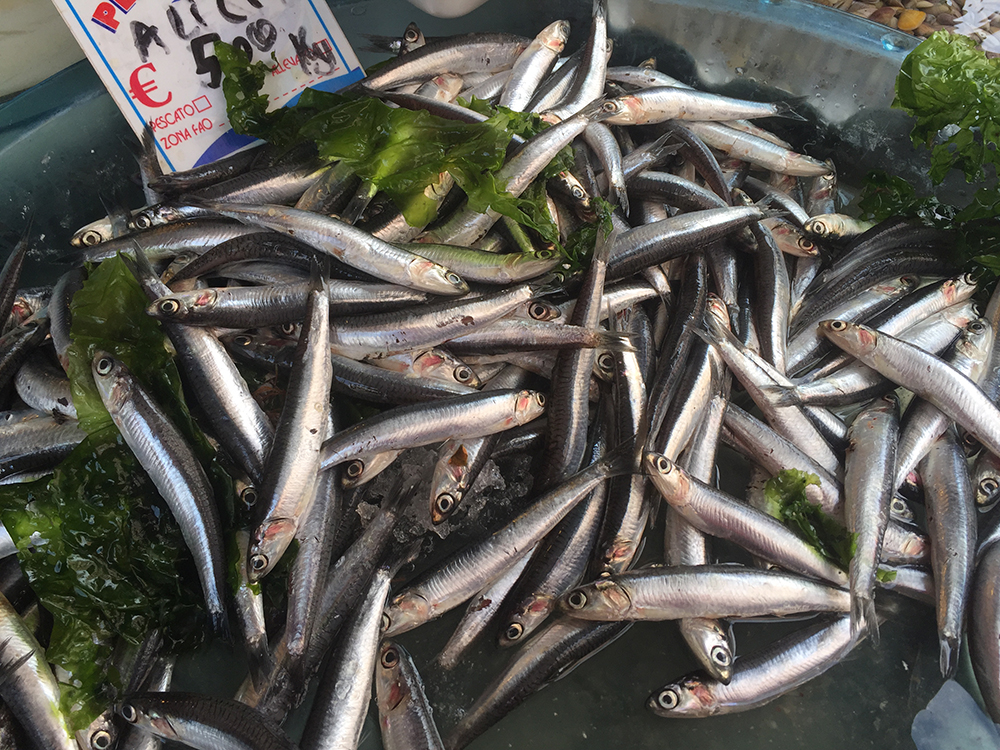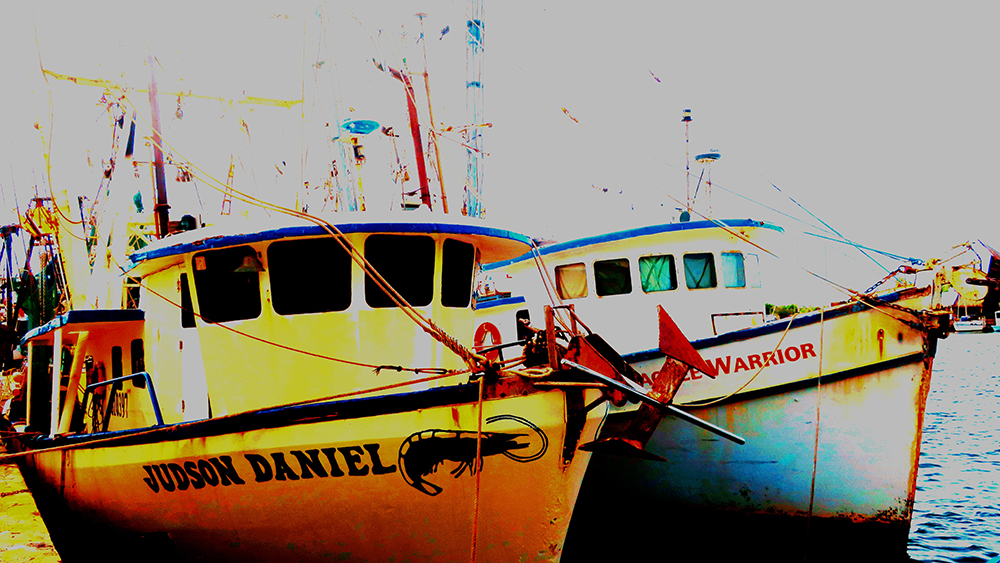| By Lisa McComsey |
Oceans cover nearly three-fourths of our planet and are home to about 20,000 known species of fish. That’s a lot of seafood swimming around. Or is it?

The Hunger
The world’s insatiable appetite for everything from shark to shrimp is quickly depleting our planet’s fisheries. In fact, an astonishing 70 percent of fisheries have collapsed or been exploited.
Some capture methods damage the environment (dredging, for example). Others result in unwanted bycatch, where marine life like turtles and seabirds are ensnared in nets and often drowned.
Even fish farms can wreak havoc on the surrounding natural habitat and destroy native fish populations.
With our oceans and waterways under threat, it’s important to make mindful choices about the seafood we eat. But how to know which fish are safe to eat and which we should avoid?
Guidelines for choosing sustainably caught seafood:

Size Matters
Small fish at the bottom of the food chain—anchovies, sardines, and herring, for example—are more plentiful than their larger cousins, grow more quickly, and contain fewer contaminants. They’re an excellent choice.
Large predators that feast on other fish—think albacore tuna, swordfish, and king mackerel—carry a heavy load of toxins in their flesh.
Domestic Rules
Because of stringent U.S. regulations, American fish are generally more environmentally sustainable than imported varieties, where laws may be lax (or non-existent).

Go Local
If you’re lucky enough to live near water—ocean, river, lake, or stream—eating freshly caught fish is usually a safe, delicious option.
Check Labels
Canned, jarred, and packaged fish are great to keep on hand for spontaneous or last-minute meals. Salmon, sardines, anchovies, herring, crab, mackerel, and tuna are some of the varieties easily found on supermarket shelves.
Make sure salmon is Pacific or Alaskan wild-caught and that tuna is sustainably captured (the label should say hook and line, troll and pole, or troll caught).
Consult Seagan Eating’s list of “Good Catch,” “Bad Catch,” and “Questionable Catch” when shopping.
For example, a “Good Catch” is arctic char, haddock, wild-caught Pacific/Alaskan salmon, or shellfish. On the “Bad Catch” side is Chilean sea bass, imported catfish and shrimp, grouper, and Atlantic salmon.
Also, bookmark these sites for current advice on what to buy and what to bypass:
- EDF (Environmental Defense Fund) Seafood Selector
- Food & Water Watch Smart Seafood Guide
- Monterey Bay Aquarium Seafood Watch
- The Safina Center
Fish is a nutritional powerhouse, packed with protein, omega-3 fatty acids, and other vitamins and minerals. So eat up—but eat right, too. Make sure your choices are good for your health—and for the health of our planet.
Have thoughts or questions about going seagan? We’d love to hear them! Shoot us an email, [email protected].
